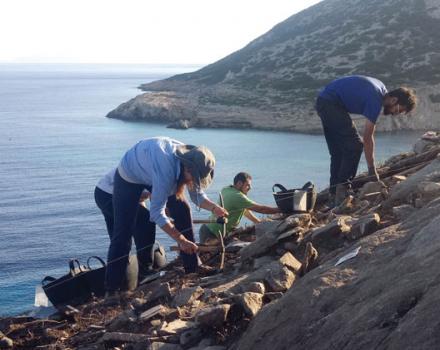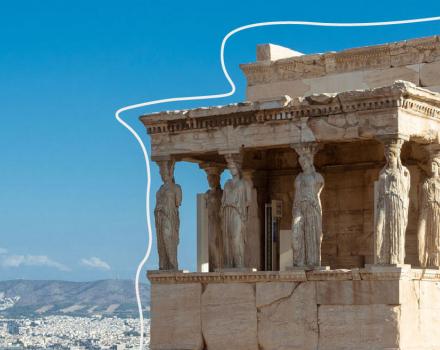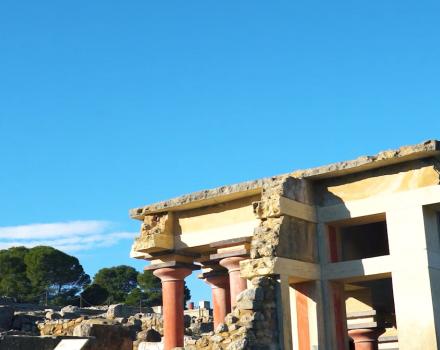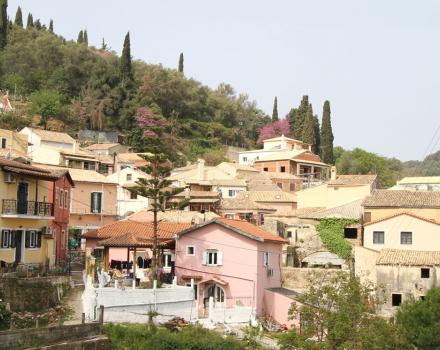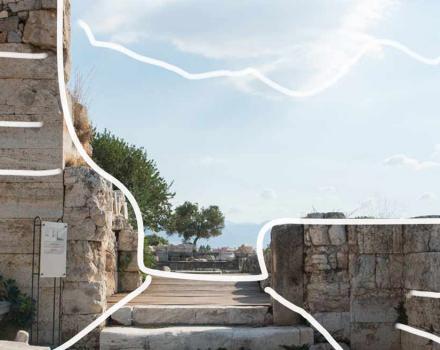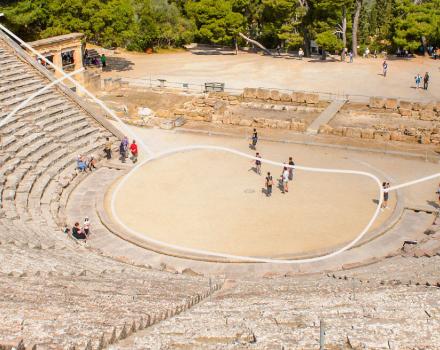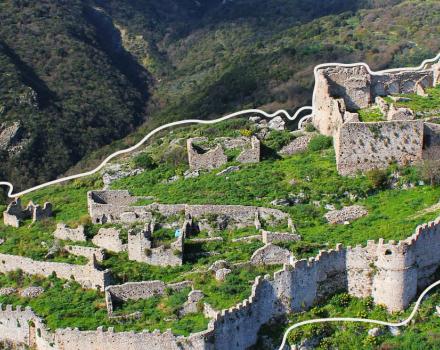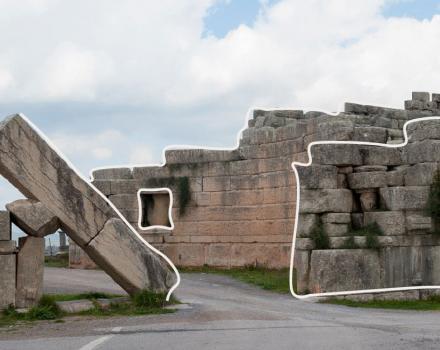Famous for his wealth, Croesus, the king of Lydia, was boasting that he was the happiest man in the world. That was exactly the reason why he got angry with the Greek sage Solon, when he warned him with the famous dictum of “Midena pro tou telous makarize (call no one happy before one is dead)”. Years later, when Croesus was defeated by the Persians and was about to be burned on a pyre, he recalled Solon’s words and groaned his name three times. Then, Cyrus, the king of Persia, wanted to know what he was saying, and after listening to his story he decided to spare his life.
MONEY.
Tangible symbols in ancient Greece
159 objects from Museums of Greece & abroad, along with 85 coins from the Alpha Bank Collection give answers to the Museum of Cycladic Art.
Copyright ©Museum of Cycladic Art, 2017

We all know Croesus’ mishap. But how many of us know that the incredibly rich king was the first to introduce bimetallism, namely the simultaneous issue of gold and silver coins, around the 6th century B.C.? How many of us know that Philip, king of Macedonia, was the first in Europe who made gold coins around the 4th century B.C., and was one of the first mortals who depicted himself on a coin? These are two of many questions that the exhibition, “MONEY. Tangible symbols in ancient Greece”, the first collaboration of the Museum of Cycladic Art and the Alpha Bank Numismatic Collection, could easily answer. As its title suggests, the exhibition focuses on the symbolic aspect of coins whose iconographic scenes provide important information about the issuing authority. Information that the coins spread from one corner of the ancient world to the other.
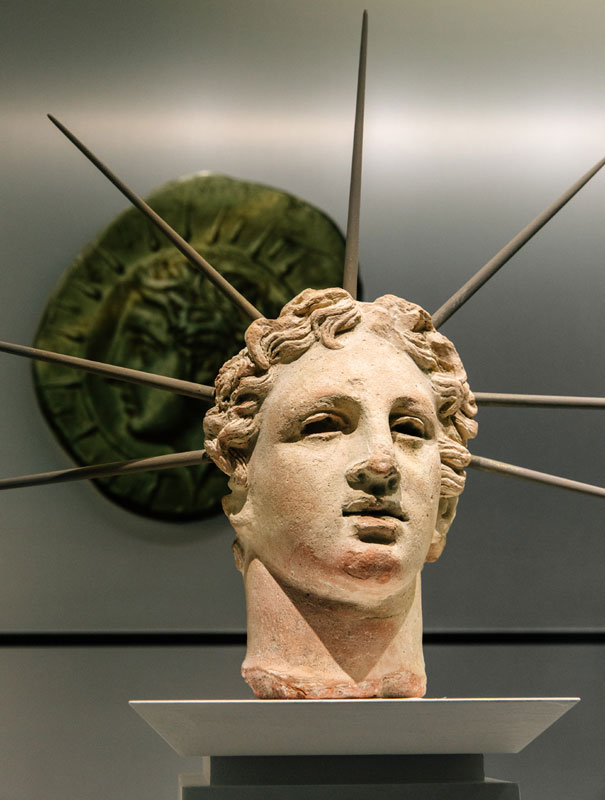
The "Money and Trade" unit reveals how important the ancient city-states considered their highly exportable product to be, which they depicted on their coins. Indicative examples are the clump of grapes on the silver drachm of Naxos at Sicily and the olive branch on a stater of Lesvos. In the "Money and Art" unit, the visitor will see the great similarity between the ancient enthroned god Asclepius who depicted on a silver drachm of Epidaurus and its marble statuette (150-200 A.D.), from the Archaeological Museum of Ancient Corinth, which has as model the gold and ivory (chryselephantine) statue of the god in Epidaurus.
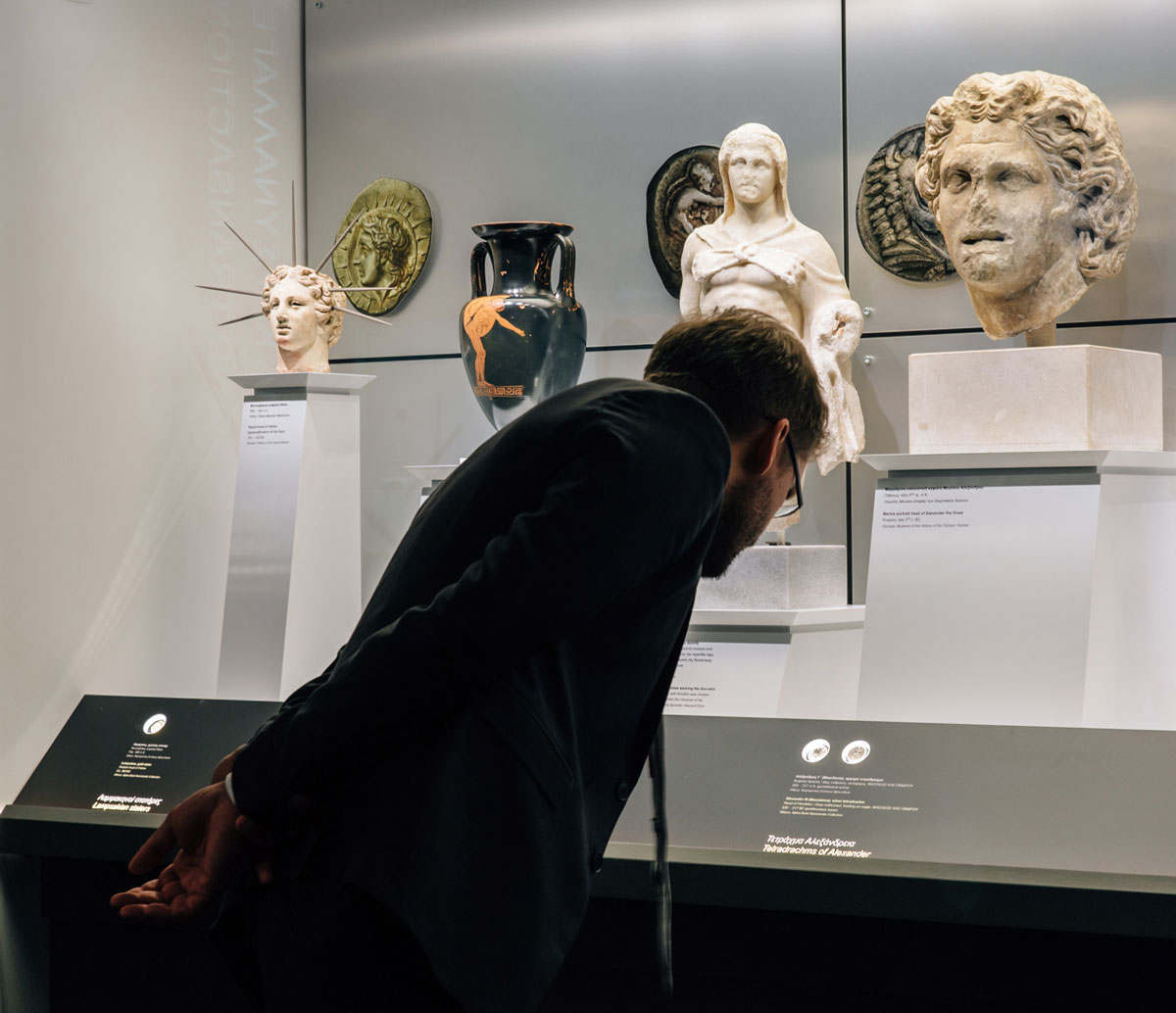
In order to present the relationship between the currency and the various aspects of social and political life in the ancient Greek city-states, the exhibition is divided into eight thematic units. In the first unit "Money and Transactions", the visitor will be informed about the trading system before the introduction of money, he will see talanta, ovola and, of course, the first coins made of electro (an alloy of gold and silver that abounded in the Pactolus River) which appeared in western Asia Minor, where Croesus ruled, at the end of the 7th century B.C. The silver stater of Aegina, depicting a sea turtle, is also exhibited, reminding us that the Aeginates, great merchants, were the first Greeks who had their own coins in the middle of the 5th century B.C.
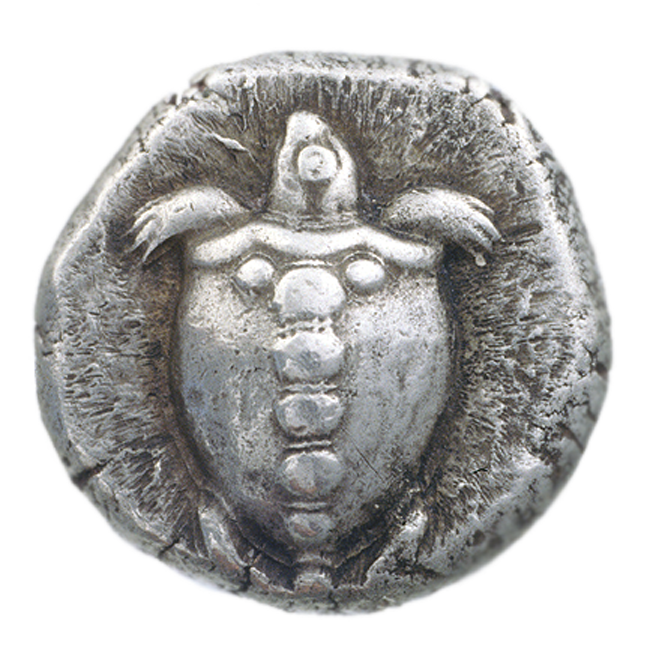
In the "Money and History" unit, the bronze Athenian coin (120-140 A.D.) depict Themistocles standing on a trireme in memoriam of the great victory of the Greeks over the Persians at the battle of Salamis in 480 B.C. The following, "Money and Circulation of Ideas", includes the silver tetradrachm of Smyrna depicting a female head wearing a turreted crown, which symbolizes the city's fate. In the "Money and Propaganda" unit, the coins of the descendants of Alexander the Great catches our attention, depicting the Macedonian world ruler, in order to declare that they are his descendants. In the unit of "Money and Society" the coins of the prostitute found in a Delos Tavern, coming from all over the Mediterranean are stealing the show. The exhibition closes with the "Money and Banks" unit with a special exhibit of a silver tetradrachm from Macedonia (93-87 B.C.), which depicts a cashier’s seat, a money-chest and a club and for those who refused to pay!
"King Philip of Macedonia was one of the first mortals who depicted himself in a coin in the 4th century B.C.

In the "Money and History" unit, the bronze Athenian coin (120-140 A.D.) depict Themistocles standing on a trireme in memoriam of the great victory of the Greeks over the Persians at the battle of Salamis in 480 B.C. The following, "Money and Circulation of Ideas", includes the silver tetradrachm of Smyrna depicting a female head wearing a turreted crown, which symbolizes the city's fate. In the "Money and Propaganda" unit, the coins of the descendants of Alexander the Great catches our attention, depicting the Macedonian world ruler, in order to declare that they are his descendants. In the unit of "Money and Society" the coins of the prostitute found in a Delos Tavern, coming from all over the Mediterranean are stealing the show. The exhibition closes with the "Money and Banks" unit with a special exhibit of a silver tetradrachm from Macedonia (93-87 B.C.), which depicts a cashier’s seat, a money-chest and a club and for those who refused to pay!
